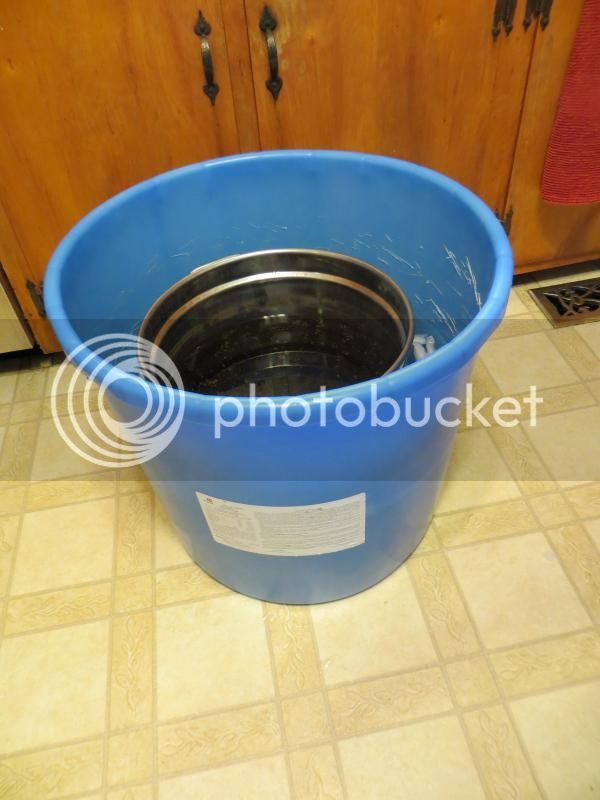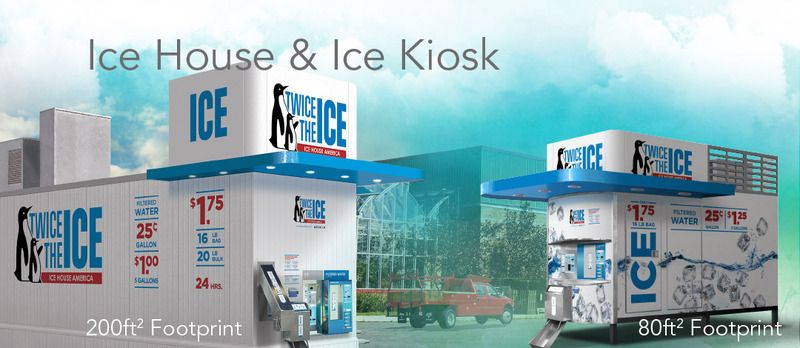Elmer
Senior Member
- Joined
- Feb 28, 2013
- Messages
- 1,845
- Reaction score
- 448
For my second boil I went with a LHBS Cream ale kit. For those that are unaware a Cream ale is a mostly a regional beer, a light bodied ale, which is usually crisp and low on hops. It is sometimes refered to as a “lawnmower Ale”.
I was not aware at the time of purchase but this kit was all extract. I guess these are the things we Overlook when you bring you kids to the LHBS on your way to a kids birthday party.
Atleast I had a few store coupons and got the kit for nearly ½ off, which is good because I have very low expectations for the batch.
This time around I tried something different and held off on the LME until almost flame out. I added ¼ of the LME at around 20 mins, the other ½ at 5 min and the last ¼ at flame out.
This is also my first time using whrifloc, so we will see how it goes.
The recipe is as follows:
3.3# LME (light)
2# DME (gold)
1oz Cascade (60 min boil)
.5 cascade (15 min boil)
.5 hallertau (15min boil)
Windsor Ale yeas
After chilling, which took much longer than anticipated ( I had an ice bath in the sink, when that warmed up I put the wort in the garage which was 10F), I took an SG reading and got 1.040. After conversion due to heat it was up to 1.042. Still that was a low SG, when the directions indicated the SG could be between 1.042 and 1.056. In order to reach an abv of 4, I will have to reach a FG of 1.010
This sent me on a journey of learning more about fermentables. Come to find out LME has 36 points per lb, DME has 44 points per LB.
Therefore my kits fermentables would look like this:
LME 3.3x36= 118.8
DME 2x44= 88
206.8 / 5 =41.36
that be an SG og 1.041?
I guess I was ignorant to the idea of fermentables and how it relates to SG. I just blindly thought that like wine must there was a varying amount of sugar. However with a boil this is not the case. I could have trouble shot and taken steps to increase the SG, but I did not have any of the needed material.
I guess in a more perfect world I should have had some DME & LME stored away, just in case.
Anyway, once the wort cooled, I placed in a closet and it was bubbling by next morning. And 2 days later the bubbling had finished.
After a week I moved the bucket to the basement, where it is slightly cooler. The bucket lid has already subsided, as it was bulging during the bubbling phase. I am thinking of bottling after 2 weeks in primary instead of 3.
Bottling in 22OZ bottles and just get this batch behind me, and start plotting out my next boil (I have a new found love affair with Black IPA)
On a positive note I now have the knowledge of fermentables, which will allow me to start and construct my own recipe. This was I can randomly start to pick up ingredients (dme & LME & grain)
BTW here is a malt chart if anyone is interested:
http://www.homebrewtalk.com/wiki/index.php/Malts_Chart
I have also informed the LHBS that put together this kit, that I will no longer purchase anything they put together.
I was not aware at the time of purchase but this kit was all extract. I guess these are the things we Overlook when you bring you kids to the LHBS on your way to a kids birthday party.
Atleast I had a few store coupons and got the kit for nearly ½ off, which is good because I have very low expectations for the batch.
This time around I tried something different and held off on the LME until almost flame out. I added ¼ of the LME at around 20 mins, the other ½ at 5 min and the last ¼ at flame out.
This is also my first time using whrifloc, so we will see how it goes.
The recipe is as follows:
3.3# LME (light)
2# DME (gold)
1oz Cascade (60 min boil)
.5 cascade (15 min boil)
.5 hallertau (15min boil)
Windsor Ale yeas
After chilling, which took much longer than anticipated ( I had an ice bath in the sink, when that warmed up I put the wort in the garage which was 10F), I took an SG reading and got 1.040. After conversion due to heat it was up to 1.042. Still that was a low SG, when the directions indicated the SG could be between 1.042 and 1.056. In order to reach an abv of 4, I will have to reach a FG of 1.010
This sent me on a journey of learning more about fermentables. Come to find out LME has 36 points per lb, DME has 44 points per LB.
Therefore my kits fermentables would look like this:
LME 3.3x36= 118.8
DME 2x44= 88
206.8 / 5 =41.36
that be an SG og 1.041?
I guess I was ignorant to the idea of fermentables and how it relates to SG. I just blindly thought that like wine must there was a varying amount of sugar. However with a boil this is not the case. I could have trouble shot and taken steps to increase the SG, but I did not have any of the needed material.
I guess in a more perfect world I should have had some DME & LME stored away, just in case.
Anyway, once the wort cooled, I placed in a closet and it was bubbling by next morning. And 2 days later the bubbling had finished.
After a week I moved the bucket to the basement, where it is slightly cooler. The bucket lid has already subsided, as it was bulging during the bubbling phase. I am thinking of bottling after 2 weeks in primary instead of 3.
Bottling in 22OZ bottles and just get this batch behind me, and start plotting out my next boil (I have a new found love affair with Black IPA)
On a positive note I now have the knowledge of fermentables, which will allow me to start and construct my own recipe. This was I can randomly start to pick up ingredients (dme & LME & grain)
BTW here is a malt chart if anyone is interested:
http://www.homebrewtalk.com/wiki/index.php/Malts_Chart
I have also informed the LHBS that put together this kit, that I will no longer purchase anything they put together.









